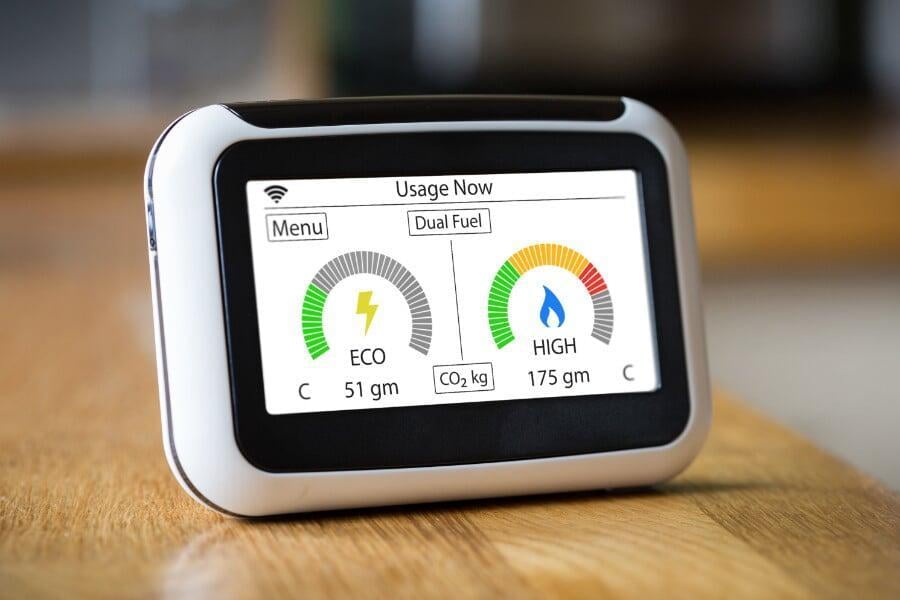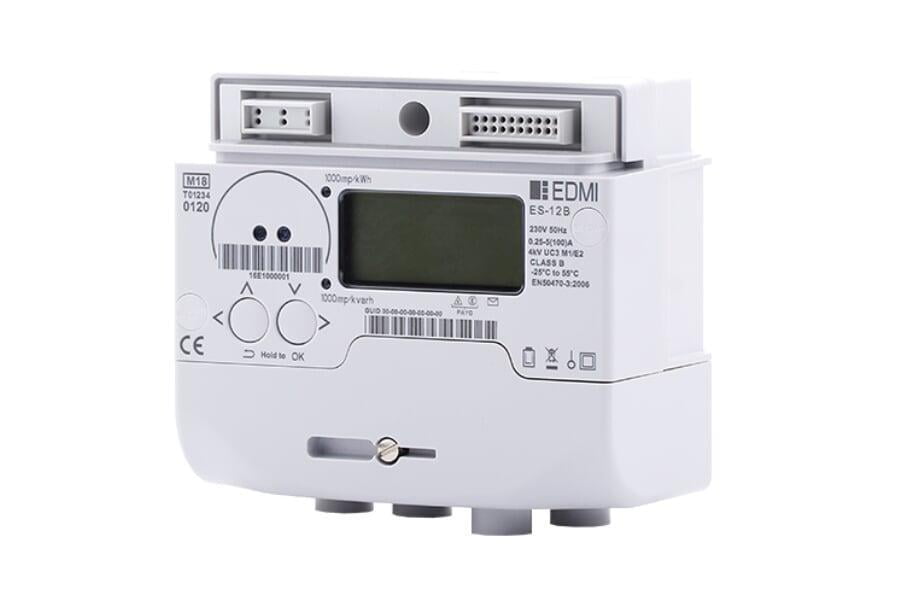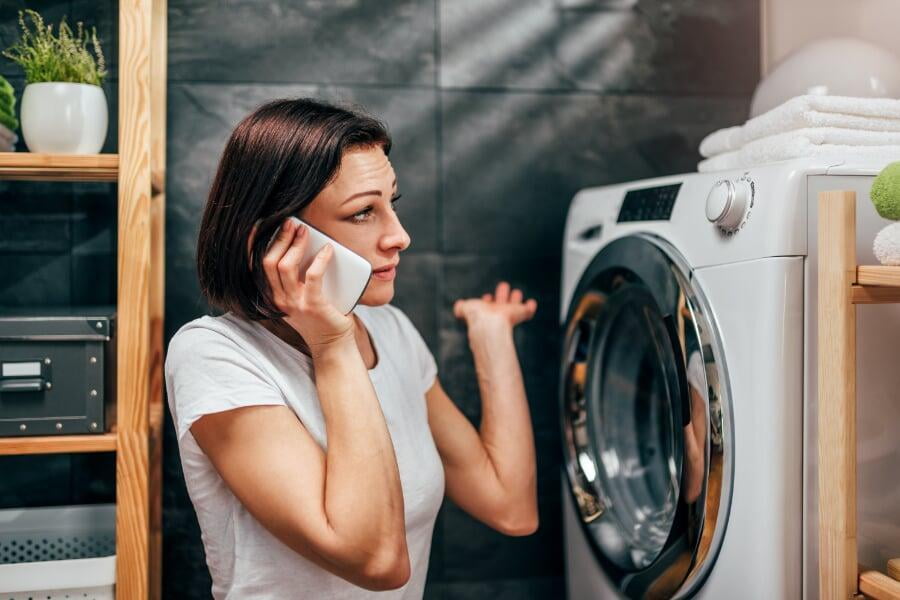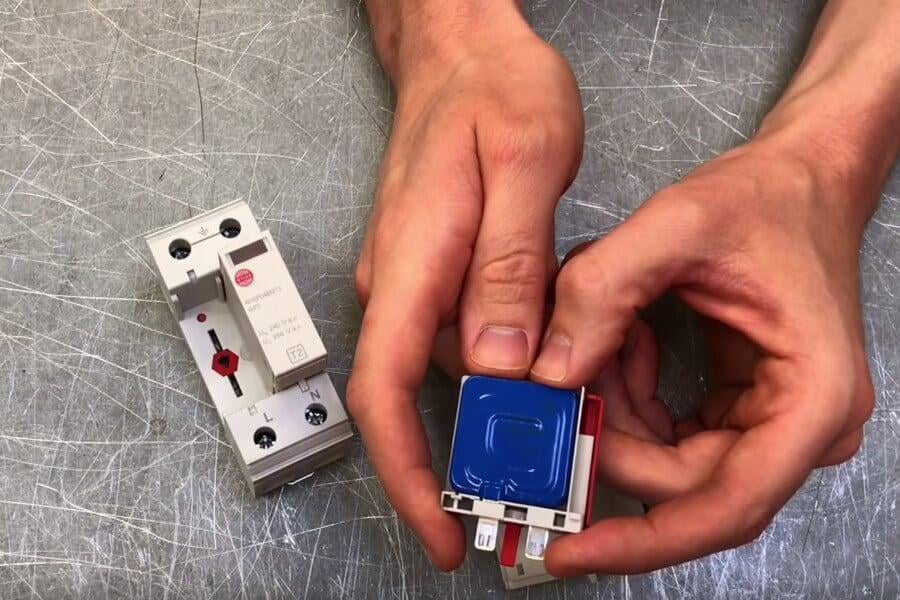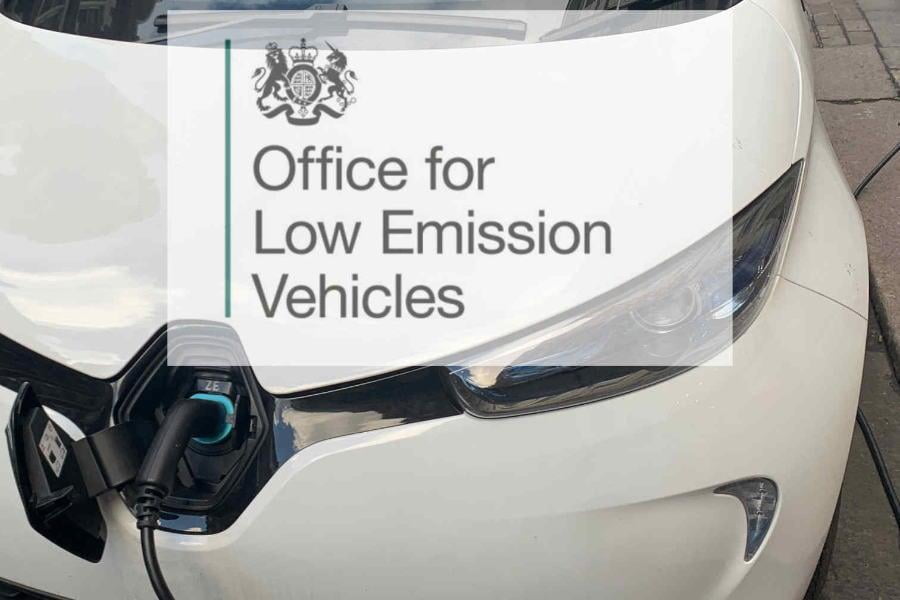Smart meters leave consumers out of pocket and underwhelmed
By Gordon Routledge
Wednesday 17th April 2019
- Time of use (TOU) Tariff data
- Active energy import / export - kWh
- Reactive energy import / export - kVAr
- Maximum demand and load profile
- Load limiting features
- Power quality recording - over/under voltage, sag, swell
- Power interruption reporting
- Tamper detection and alarms
- Disconnect relay
- Auxiliary load relay
- Credit management features.
This feature set gives an interesting glimpse to the future proofing within the distribution network. For the last twenty years residential power consumption has been falling. This trend is set to reverse with the uptake of electric vehicles and phasing out of gas heating in new build properties. Historically residential power loading has relied upon diversity between different dwellings to manage demand. The introduction of more EV charging and air sourced heat pumps will challenge this, as more homes have high loads for extended periods. A scenario of someone switching on a 10kW electric shower, when a car is charging at 7kW and 10kW heat pump running will blow the service fuse. The introduction of automatic load management will reduce this risk.
Nest Rush Hour Rewards leverages IoT link to the customer
Share your experience of smart meters ?
